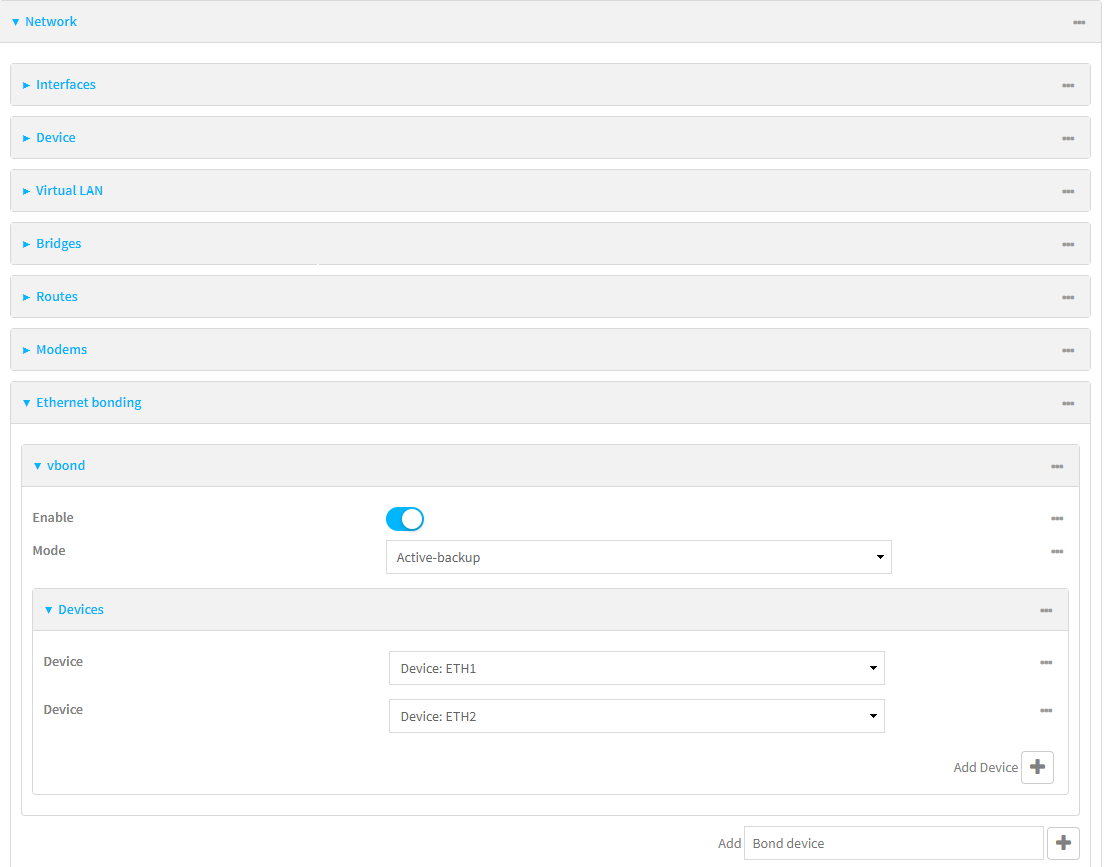AWUSB Hub supports two modes for network "bonding" connection.
-First mode is Active-Backup.
Active-backup policy: Only one slave in the bond is active. A different slave becomes active if, and only if, the active slave fails.
The bond's MAC address is externally visible on only one port (network adapter) to avoid confusing the switch.
Active-Backup mode does not require any additional configurations on a switch to what the AWUSB Hub ports connected.
This mode provides only a backup/failover.
-Second mode is Round-robin.
Round-robin policy: Transmit packets in sequential order from the first available slave through the last.
The round-robin bonding mode generally requires that the switch to what the AWUSB Hub ports connected have the appropriate ports grouped together.
The nomenclature for such a group differs between switches, it may be called an “etherchannel” (as in the Cisco example, above), a “trunk group” or some other similar variation.
For this mode, each switch will also have its own configuration options for the switch's transmit policy to the bond.
The transmit policy of the two peers does not need to match.
Round-robin mode does not support IEEE 802.3ad Dynamic link aggregation protocol (LACP) that Utilizes all slaves in the active aggregator according to the 802.3ad specification.
You can find a guide how to create a bonding interface below:
On the menu, click
System. Under
Configuration, click
Device Configuration.
Then click
Network > Ethernet bonding.
For
Add Bond device, click +
For Mode, select an
Active-backup from the drop down menu.
Click to expand Devices.
Add appropriate Ethernet interfaces:
For
Add device, click +
Click
Apply to save the configuration and apply the change.


Last updated:
Jan 01, 2024